Fried hedgehogs and other dishes of gypsy cuisine that can shock
Categories: Food and Drinks | Nations
By Pictolic https://pictolic.com/article/fried-hedgehogs-and-other-dishes-of-gypsy-cuisine-that-can-shock.htmlThe Gypsies are an ancient and original people living on all continents except Antarctica. They have been living alongside other ethnic groups for centuries, but they are not even going to assimilate, remaining faithful to their own customs, religion and laws. Of course, the Gypsies also have their own special culinary preferences, which are not always clear to representatives of other nations.
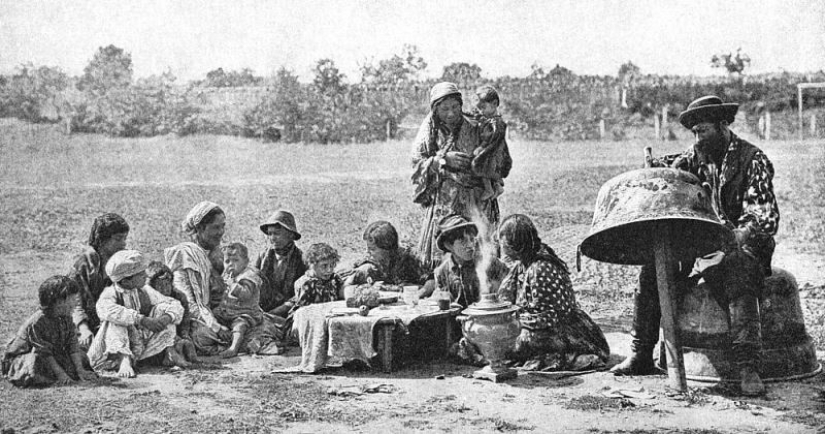
Researcher and writer Nikolai Bessonov in his book "The Gypsy Album" claims that the cuisine of modern gypsies is a simplified version of the culinary preferences of the people next to whom they live. For example, Gypsies living in Russia and Ukraine cook borscht, sorrel soup, cabbage rolls, fry cutlets.
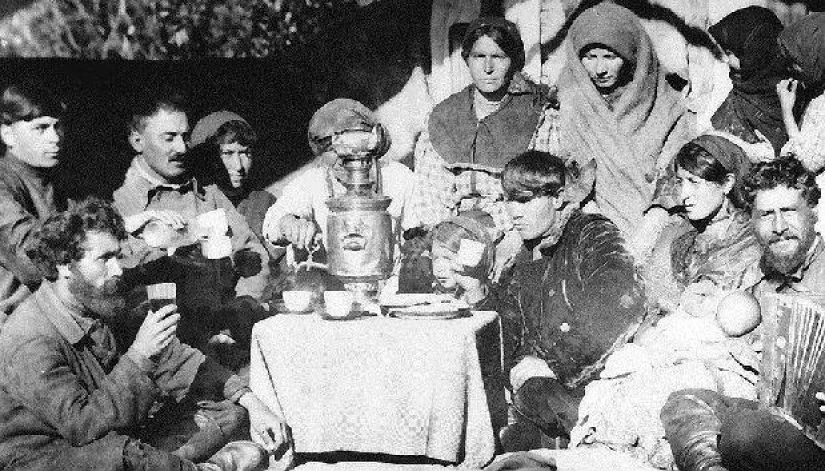
But there was a time when Rums ate quite differently and there were strange and even shocking dishes in their diet, for example, fried hedgehogs. In one of the books of the 19th century, published in Russia, there is such a phrase: "For lovers of a good table, Gypsy cuisine is not very attractive." Why did this happen? Let's figure it out.
The special diet of the Rums in the old days was not connected with beliefs or even with religion, as one might think. The thing is that the nomadic life simply did not allow them to indulge themselves with complex, delicious dishes. The whole life of these people was spent in nomadic life – their kitchen was a field or a forest, and the stove was an ordinary fire.
In Russia, there were sometimes exceptions to the rules. Because of the harsh climate, our Rums preferred to spend the winter in huts, where there were real stoves. Some of them, having become settled, chose for themselves this particular device for cooking. But at the same time, even the former nomads did not forget about their roots and, celebrating the holidays, they still cooked food on bonfires built right in the courtyard of the house.
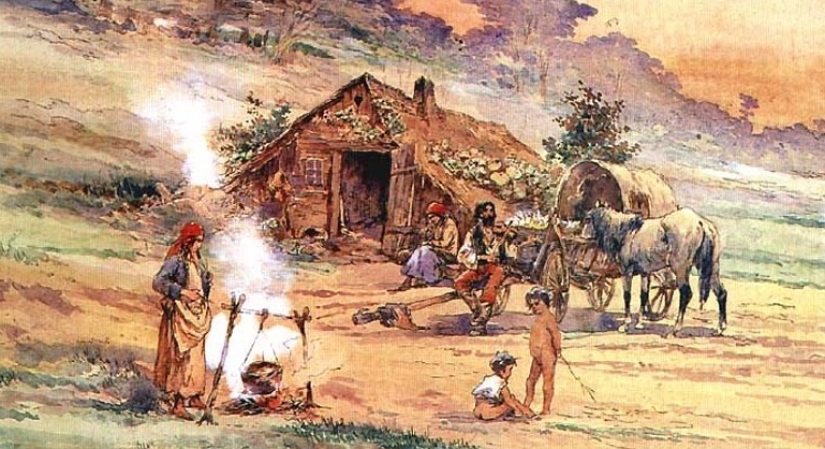
Most of the traditional dishes of Gypsy cuisine required an open fire. For example, a baked hedgehog. For the first time, this culinary "masterpiece" was described in his book "The Life of Animals" by A. Brem. To prepare a prickly animal, it was coated with a thick layer of sticky clay and put in the fire. While the hedgehog was baking, it was periodically turned over, making sure that the clay was evenly burned.
When the clay became completely dry and hard, the hedgehog was taken out of the fire and allowed to cool down. Then the clay was broken and the finished roast was taken out. The whole trick of this method was that the animal's needles remained in the clay and fought off with it.
Nikolai Bessonov also tells about the special love of the gypsies for snails, which served as the basis for several dishes. It is worth noting that both hedgehogs and snails were not the basis of the Gypsies ' diet and they can be considered rather a delicacy or a delicacy. Alexander Chernykh and Dmitry Vayman in the book "The Gypsies of Perm: History and Culture" claim that soups and flour products have always been the basis of the Gypsies ' diet.
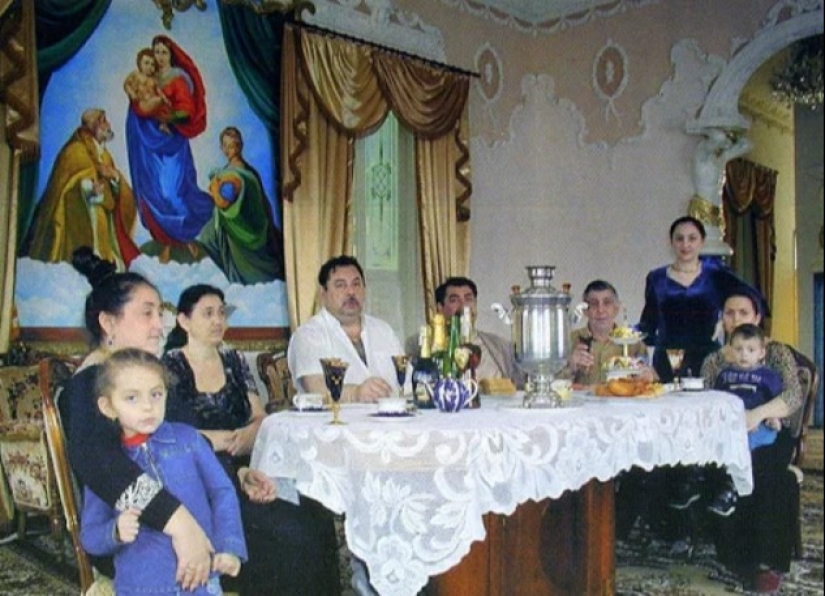
The role of the first dish was often borscht, or as it is called by rums – "barscho". In summer, they prepare soup from sorrel – shutlaga. Its peculiarity is in the absence of a canonical recipe – if there is no sorrel, then it is easily replaced with nettle. The second dish was often porridge-easy to prepare and very satisfying. In particular, such cereals as buckwheat, barley and barley were held in high esteem.
The gypsies also baked their own bread. These were unleavened flatbreads cooked in a frying pan over a fire or, if the family lived in a hut, then in a Russian oven. The gypsies also baked pies: with meat, potatoes and cabbage.
Special dishes were prepared for the holidays in gypsy families. One of them was a sweet pie with raisins and cottage cheese – saviyako. It was served at the table on big holidays, such as Christmas, Easter and Peter's Day. They also liked cabbage soup with meat and rice, seasoned with flour, which was called "shah ttulyado", thick soup with meat, pepper, tomatoes and potatoes" paprikash", cabbage rolls"sarmi".
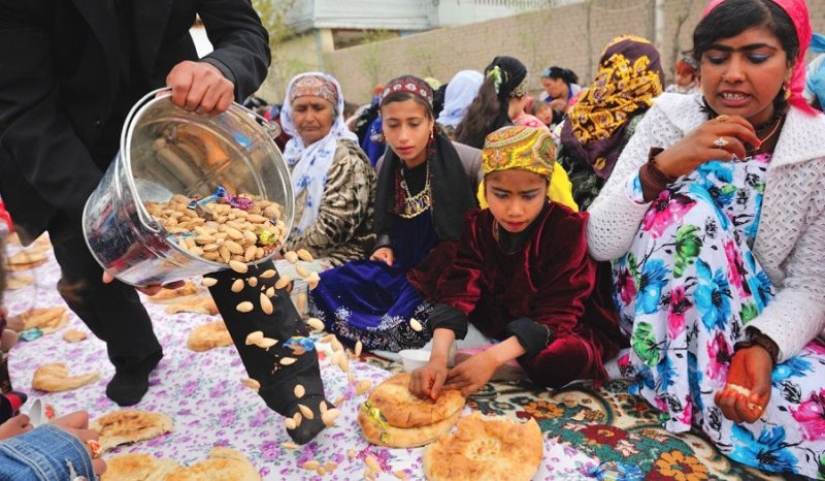
It is worth telling about the gypsy cabbage rolls separately, since they are different from ours. For the filling, they usually took finely chopped lamb, which was wrapped in leaves of well-salted cabbage. On holidays, the tables of the gypsies almost always had sausage, lard, baked pork ham.
Dmitry Faleev, a researcher of Gypsy life, writes that Roma have always had a special addiction to food with a high fat content. This is due to the fact that the life of representatives of this people usually took place in the open air, and fat, as you know, helps the body to protect itself from the cold. Therefore, in the gypsy camps in winter, you could always see large cauldrons in which old people cooked jelly.
A" winter " dish can also be considered a harba, which is prepared from the blood, liver and fat of a pig or sheep. The liver is boiled in the blood of a freshly killed animal, after which the thickened blood is poured into cold water and squeezed out. Then the resulting minced meat is mixed with chopped boiled liver and fried onions, adding spices to taste.
The national gypsy soft drink is tea. Usually they brew black tea and make it very strong. They add various herbs, pieces of fruit, berries and flower petals to it. In the last century, people have fallen in love with rums and coffee, preferring to drink it with milk. In difficult times, coffee replaces a drink made from overcooked flour for gypsies.

Of alcoholic beverages, rums prefer the strongest. Wine is not in high esteem among these nomads, because for growing grapes and fruits you need to lead a sedentary lifestyle. In gypsy camps and villages, even women prefer stronger alcohol and drink vodka or cognac. It is customary to drink a lot among gypsies, but it is considered a special chic not to get drunk. On holidays, a lot of beer and homemade braga are served to the table.
As we can see, the Rums are not averse to borrowing something from other peoples, but at the same time they are trying their best to preserve their identity in everything, including in the national cuisine. This allowed them to survive in the most serious world cataclysms and not disappear, dissolving into other peoples. We are sure that the cuisine of the Gypsies will remain unchanged for many centuries and will surprise each new generation of people living next to this unusual people more and more.
Keywords: Gypsies | Peoples | Drinks | Cooking | Meat | Hedgehogs | Food and drinks
Post News ArticleRecent articles

In Ancient Egypt, gods were revered, pharaohs were glorified, and majestic tombs were built. The builders of royal tombs were ...

Whether you are a tourist or a professional photographer, in both cases Lapland is a truly magical place. There is not only a very ...
Related articles

Thousands of years tribal peoples held in close contact with nature, taught them surprisingly accurate to read the tiny signs: to ...

As a rule, people do not supply the body with enough green leafy vegetables necessary for well-being. One green cocktail a day can ...

All cultures, countries and different Nations, each nation has its own traditions and customs. But one thing remains common — ...

Why should a coffin be a boring box if it can be ordered in the form of a lobster, fruit, bird or shoe? Residents of the African ...